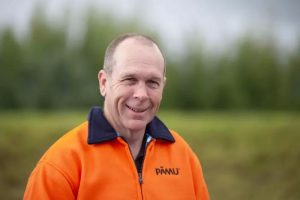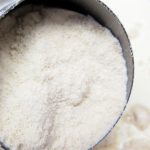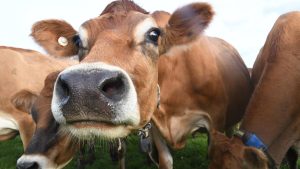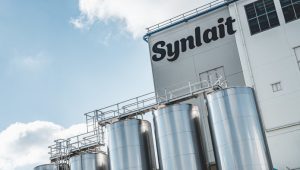
Dairy farmers are set to receive 10 cents a litre less for their milk this season as major processors tighten their belts.
Fonterra Australia announced a 15-per-cent cut to its farm gate milk price, with an opening offering of $8 a kilogram for milk solids, or 60 cents a litre.
Fonterra Australia managing director Rene Dedonker said the 15-per-cent price cut to his suppliers for the year ahead was a responsible number.
He said while the domestic business continued to perform very well, products his company was selling into the global markets faced enormous challenges.
He said this was reflected on local supermarket shelves with cheese and butter imports soaring.
“The past 12 months has put a fair bit of pressure on the processing sector, and we learn in those times that we need to have responsible pricing,” he said.
In the past 18 months, 10 Australian dairy factories have announced closures.
“We all need to tighten our belts sometimes. This is one of those moments,” Mr Dedonker said.
He said he was “really positive about the future” and believed farmers would continue to supply the company.
Finding savings
Tasmanian dairy farmer Cheryl McCartie said she wasn’t surprised by the price drop.
“I hope we do see a couple of step-ups throughout the year, because it’s still pretty challenging out there as far as inputs, and obviously interest rates are having a massive impact,” Mrs McCartie said.
Canadian dairy giant Saputo announced its 15-per-cent price cut to farmers earlier this month, and fellow processor Bega has also landed on a similar price.
According to the May quarter dairy outlook, milk production during the current season outpaced expectations by 2 to 3 per cent higher than the 2022–23 total of 8.13 billion litres.
But it was a long way from the amounts produced in the past.
Across the nation, milk production has shrunk to its lowest level in 30 years.
This season milk’s production was tipped to be nearly 3 billion litres less than the industry’s peak of 11.2 billion litres in the early 2000s.
Mrs McCartie said she and her husband would be scanning the ledger for savings.
“I think it is a case of looking at your cash flow and going through it line by line and looking at where those savings can be made,” she said.
“For us, it is getting back to basics and making the most out of our pasture.
She said the ability to grow and harvest grass, using the cows as cheaply as possible, underpinned the Tasmanian industry
Farmer struggle
Australian Dairy Farmers president Ben Bennett said he felt many dairy farmers would struggle.
“Our costs have gone up considerably,” he said.
Mr Bennett said production volumes would be in jeopardy.
He said consumers could lose out in the end.
“At these values, processors could find themselves with an even smaller milk pool, as farmers quit the industry,” he said.
“If they don’t pay, the milk will not be there into the future. They’ve got to make a decision whether they want a shrinking milk pool, or whether they want it stabilised.
“This year we’ve seen a degree of stability, but long term it’s very much a downward spiral.”
You can now read the most important #news on #eDairyNews #Whatsapp channels!!!
🇺🇸 eDairy News INGLÊS: https://whatsapp.com/channel/0029VaKsjzGDTkJyIN6hcP1K
























